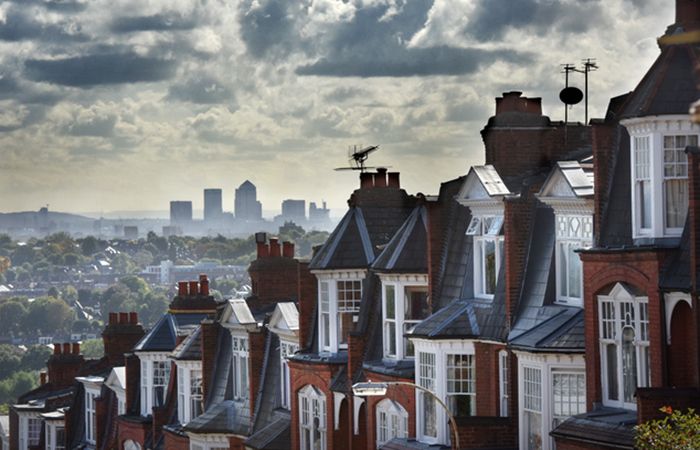
The total value of privately-rented properties has grown by 5.8% over the past year to £1.4trn, even though the proportion of households living in this sector shrank over the same period, analysis by Shawbrook Bank has found.
Rising house prices fuelled in part by the stamp duty holiday has driven up the total value of property in the private rented sector (PRS) across England, Wales and Scotland.
As of March 2021, there were 4.8 million properties in the PRS, accounting for 17%.
The proportion of households has declined by 2.6% since March 2020 according to Shawbrook’s analysis of Office for National Statistics data, the English Housing survey, dwelling stock data from the Welsh government and Scotland’s housing statistics.
Explaining the contraction in the PRS Shawbrook points to the tax clampdown in recent years as well as the increased regulatory burden on landlords.
Over the past 18 months it says that some landlords chose to leave the market, while many tenants opted to return to their family homes during the pandemic, to leave cities in search of more space, or to make the most of the stamp duty holiday to get on the property ladder themselves.
However, the lender believes the outlook indicates the buy-to-let sector will see growth in coming years.
It says that 42% of landlords report that they have seen demand increase for their properties in the past 12 months.
Two-thirds of landlords said that they were confident about the future of the property market over the next twelve months, with 34% planning to buy a property in the coming year.
As house prices continue to grow, an increasing number of people are renting for longer.
Half of renters say they expect to be renting for the rest of their life. Affordability is one reason behind these figures.
However, a growing number are also choosing to stay renting.
In total, 10% said they prefer the reduced responsibility of renting, while a further 7% said that renting allowed them to live in a better location than if they bought.
For landlords looking to buy over the next year, to capitalise on the increase in tenant demand, and current low mortgage rates, Shawbrook’s research reveals the regions where high rental yields can be achieved.
The highest rental yields can be found in the North West (5.5%), Yorkshire and the Humber (5.4%) and Scotland (5.8%). In comparison, while London may generate the highest rents, yields for London buy-to-let properties are currently amongst the lowest at 3.9%, below the UK average of 4.3%.
Shawbrook Bank managing director for property finance John Eastgate, says: “Against the backdrop of the pandemic, the PRS has once again shown its strength and the important role it plays.
“Landlords are looking to expand their portfolios due to a combination of rising house prices, attractive yields and growing demand from tenants. Borrowing to help fund this expansion is an attractive option, with landlords presented with great choice and historically low mortgage costs.
“While more first-time buyers have stepped onto the property ladder in the last year, the reality is that rising house prices mean more will continue to be locked out of home-ownership.
“This, coupled with disruption to employment and lagging wage inflation, will make it difficult for some to buy their own home.
“In addition, with more choosing to rent for the flexibility and freedom it offers, there is a clear need for professional landlords who can offer high quality accommodation.”



